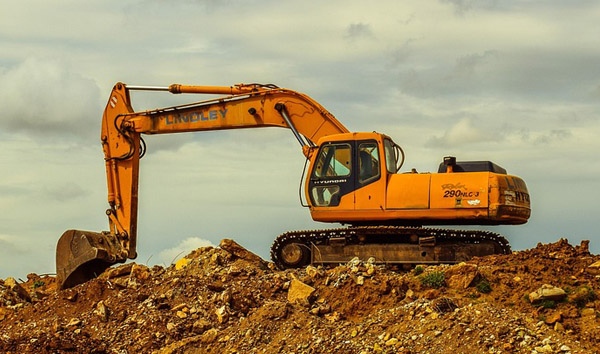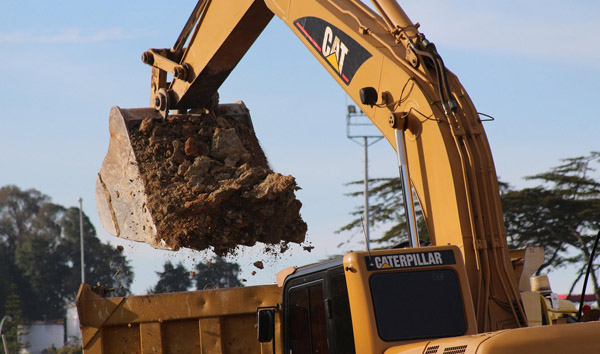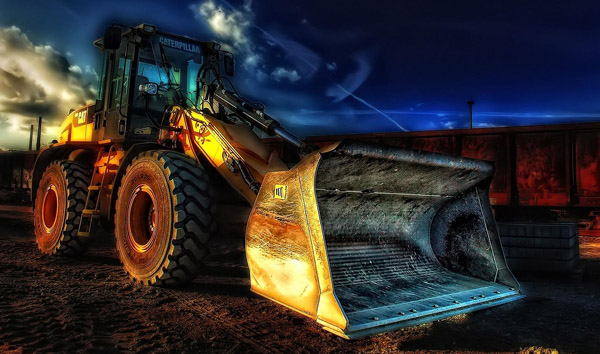Navigating the Rugged Terrain: A Deep Dive into All-Terrain Forklift Specifications
2025-07-24 05:20:31
All-terrain forklifts are engineered to handle uneven, rough, or unstable surfaces, making them indispensable in construction, agriculture, and logistics sectors. Unlike standard forklifts, these machines boast reinforced chassis, heavy-duty tires, and advanced suspension systems. Key specifications include load capacities ranging from 3,000 to 12,000 kg, depending on the model, and lift heights extending up to 6 meters. Their ability to traverse mud, gravel, and steep inclines (up to 30% gradients) ensures operational efficiency in diverse terrains.
Power and Performance Metrics The heart of an all-terrain forklift lies in its powertrain. Most models feature turbocharged diesel engines with outputs between 50 to 150 HP, ensuring robust torque for heavy lifting. Industry reports indicate that fuel efficiency averages 8–12 liters per hour under full load, with some electric hybrid models reducing consumption by 20%. Transmission systems vary, with hydrostatic drives offering smoother operation on rough ground, while mechanical transmissions provide higher speed options (up to 25 km/h) for flat surfaces. These specifications make all-terrain forklifts versatile across job sites.
Tire and Suspension Innovations One standout feature of all-terrain forklifts is their specialized tire configurations. Pneumatic or solid rubber tires, often with deep treads, provide superior traction on loose or wet surfaces. Suspension systems incorporate independent oscillating axles, reducing operator fatigue and improving stability. Data from leading manufacturers shows that these forklifts can maintain 85% of their rated load capacity even on 15-degree slopes, a critical specification for safety and productivity in uneven terrain applications.
Operator-Centric Design and Safety Modern all-terrain forklifts prioritize operator comfort and safety. ROPS/FOPS-certified cabs, ergonomic controls, and 360-degree visibility are standard. Advanced models include load-sensing hydraulics and stability control systems, which adjust performance dynamically based on terrain conditions. Industry studies reveal that these features reduce accident rates by 40% compared to traditional forklifts. Additionally, specifications like LED lighting and rear-view cameras enhance nighttime and low-visibility operations.
Future Trends and Industry Adoption The demand for all-terrain forklifts is projected to grow by 6.5% annually, driven by infrastructure development and warehouse automation. Emerging specifications include telematics for remote monitoring and lithium-ion battery options for eco-conscious operations. With their unmatched adaptability, these machines are redefining material handling in extreme environments, solidifying their role as a cornerstone of industrial logistics.














